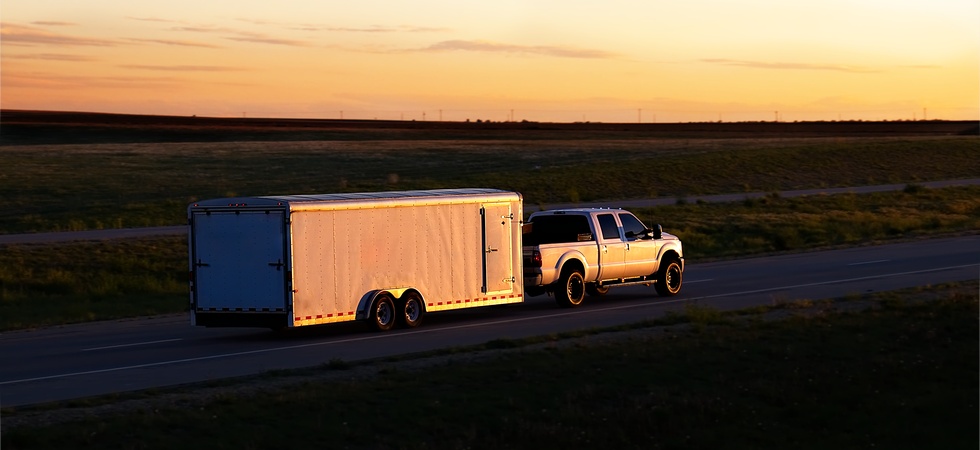How To Safely Pull a Trailer With Your Truck
Pulling a trailer with a truck can be straightforward, but it requires the right preparation and techniques to ensure safety. Anyone embarking on their first towing experience often underestimates the importance of proper setup and handling. This guide breaks down the key factors that help you pull a trailer safely and confidently.
Ensure Your Truck Can Handle the Load
Before hooking up a trailer, confirm that your truck can handle the weight of the items and the trailer. Start by checking the truck’s towing capacity in the owner’s manual. Overloading your truck places unnecessary strain on the engine, brakes, and suspension, which can compromise safety.
Hitch up Correctly Every Time
Using the right hitch for your trailer is critical. A mismatched hitch setup can make towing dangerous and lead to swaying or uncontrolled movement.
Most trucks come with several hitch types to choose from, including ball, gooseneck, and fifth-wheel hitches. Select a hitch that matches both your truck and trailer requirements.
Secure the hitch connection properly by locking all pins and safety chains in place. The trailer should sit level with the ground once mounted—an uneven setup can cause imbalanced weight distribution, leading to handling issues. Always double-check that you locked the trailer hitch tightly before hitting the road.
Brake and Signal Equipment Are Non-Negotiable
When towing a trailer, make sure your truck meets legal safety requirements—check that the brake lights, turn signals, and electrical wiring for the trailer function properly. These signals are your main communication tools with other drivers, and any fault can increase the risk of accidents.
Additionally, many states require trailers above a certain weight to have their own independent braking systems. Equip your trailer with the necessary parts, such as brake controllers, to manage heavy loads. This feature allows your truck and trailer to brake in sync, keeping everything under control when coming to a stop.
Drive Conservatively To Maintain Control
While on the road, practice conservative driving habits. Sudden accelerations, sharp turns, or abrupt braking can destabilize your truck and trailer, especially at higher speeds. Start off slowly and avoid the urge to overtake on the highway.
Always maintain ample following distance between your vehicle and others to anticipate stops. You should also take wide turns to prevent the trailer from bumping into obstacles. Extra care at intersections and roundabouts can make all the difference in avoiding potential hazards.
Perform Checks Before Every Trip
Before every trip, conduct thorough checks on both your truck and trailer to catch any issues early. Look at tire pressure to ensure it meets recommended levels, as underinflated tires heat up faster and increase blowout risks.
Tighten bolts and fasteners and ensure that the trailer lights and braking equipment work. These pre-trip inspections bring peace of mind and minimize surprise setbacks.
You must also monitor how you load the trailer. Distribute weight evenly, with the heaviest items placed close to the axle. An unbalanced load shifts more easily, which can worsen trailer sway during the drive.
By taking the time to understand your truck’s capabilities, ensure compatibility with the trailer, and practice good driving habits, you can pull a trailer safely every time. The right preparation, along with having the necessary truck parts, will keep you safe and enhance your overall towing experience.

